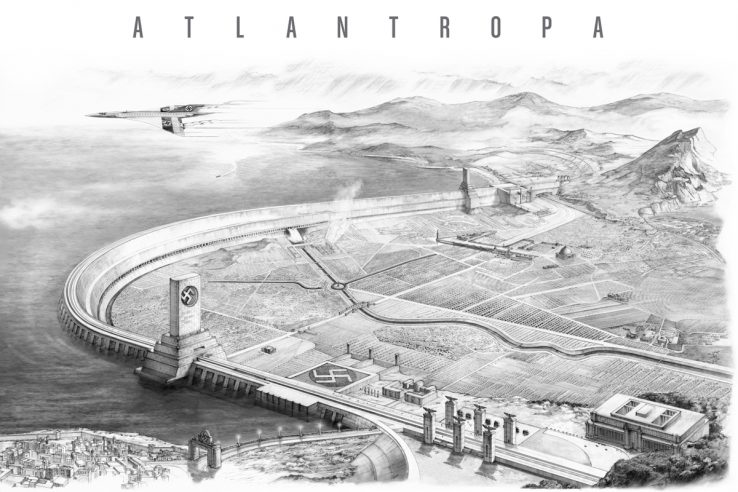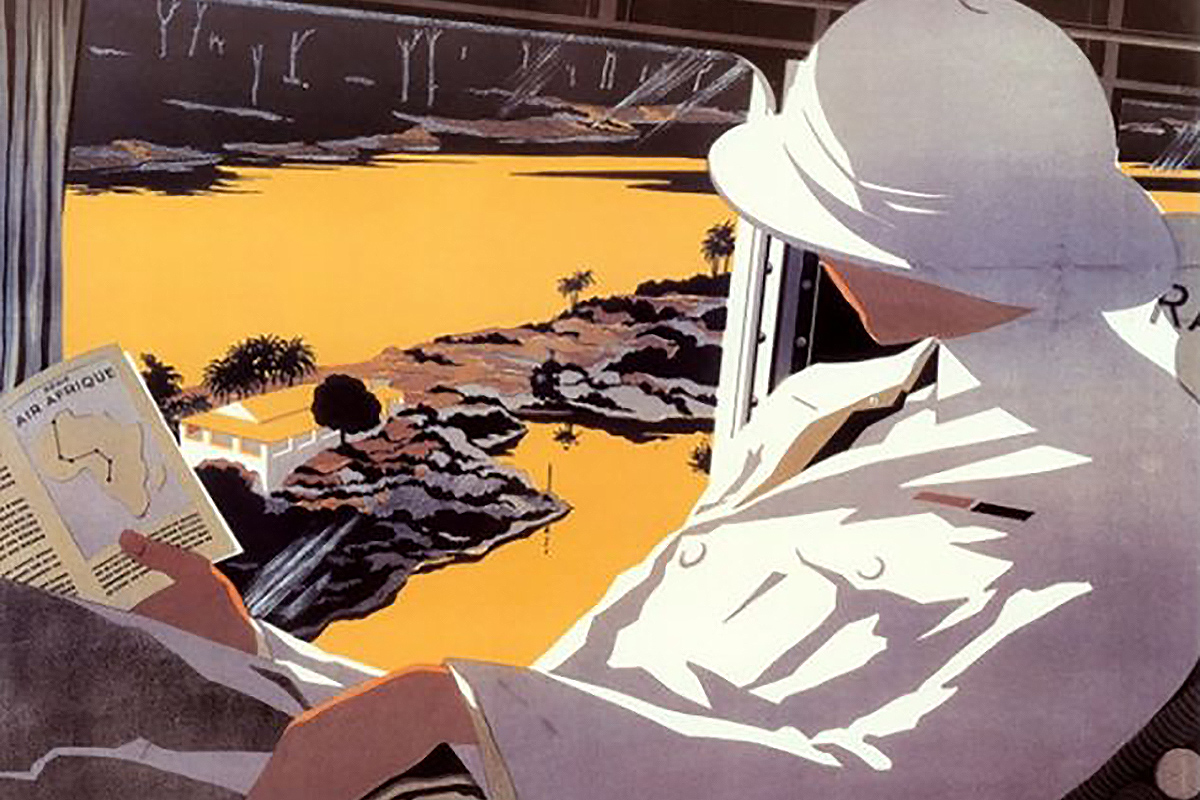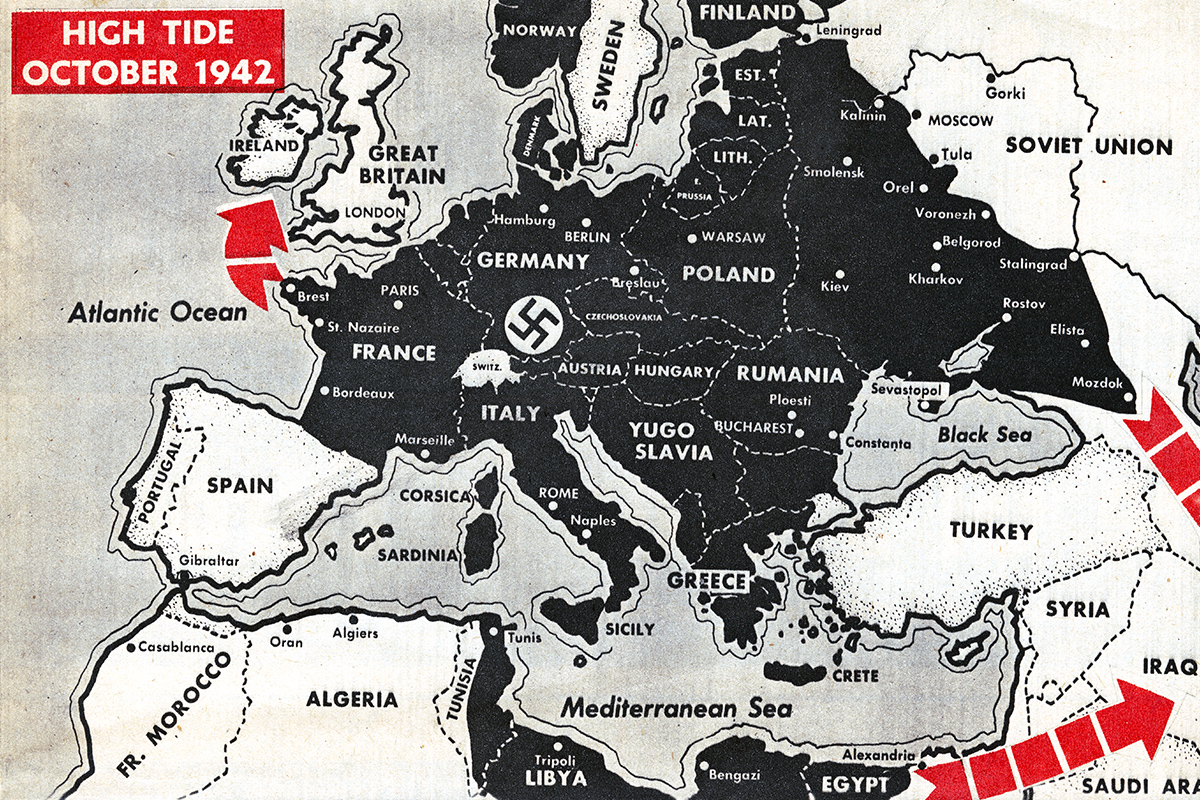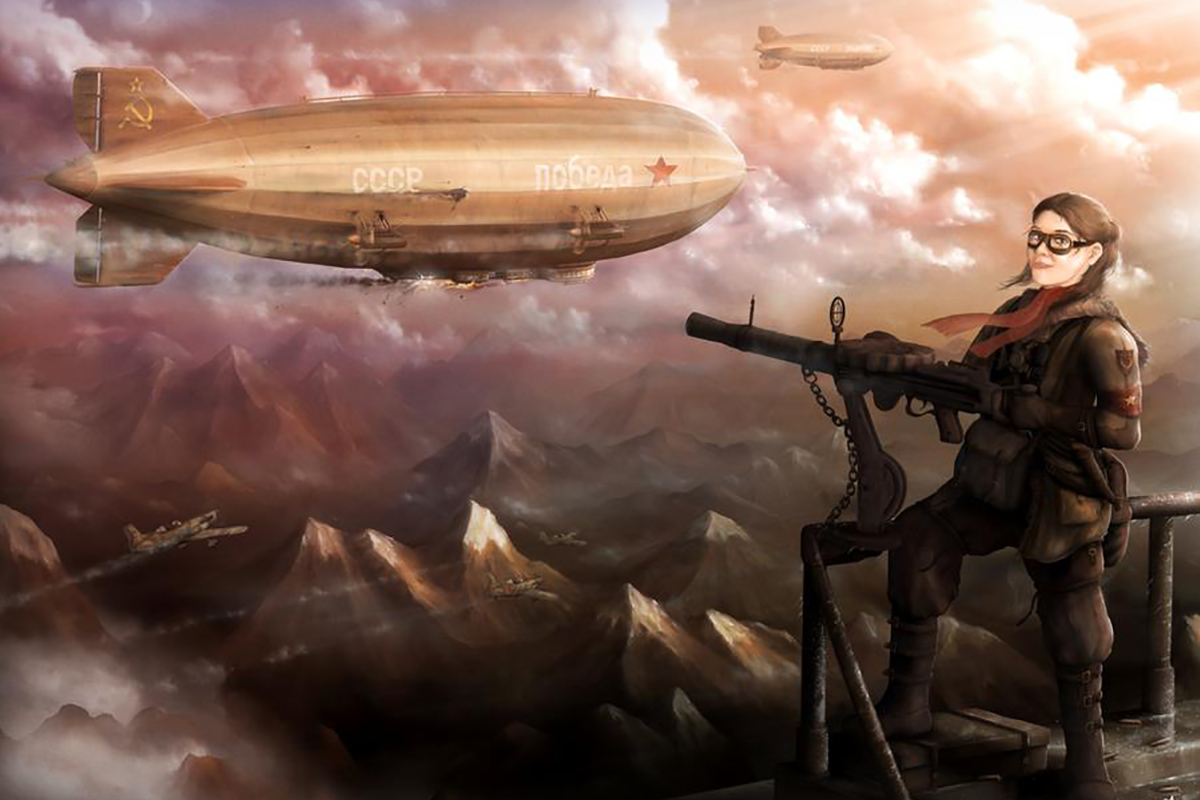
Discerning viewers of Amazon’s alternate-history drama The Man in the High Castle (our review here) may have taken notice when one of the characters made a passing reference to a German plan to drain the Mediterranean.
It sounds like just the sort of thing a megalomanic Third Reich would do, but they actually didn’t. The Nazis weren’t interested in the plan — but it was real.
A German architect by the name of Herman Sörgel came up with it. Not a Nazi himself, the rise of Adolf Hitler in the 1920s and 30s convinced Sörgel that radical new solutions were needed to solve Europe’s problems of high unemployment and what he foresaw was an impending energy crisis.
He first published Mittelmeer-Senkung, Sahara-Bewässerung. Panropaprojekt (“Lowering the Mediterranean, Irrigating the Sahara. Panropa Project”) in 1929. He expanded on his thesis in another book three years later, which introduced the name “Atlantropa”.
The plan called for the construction of dams at key points in the Mediterranean: first at the Strait of Gibraltar and the Dardanelles, eventually between Sicily and Tunisia. The sea would thus be converted into two basins, with the western part lowered by around one meter per year and the eastern part by two meters. Over the course of a century, that would reduce sea levels by 100 and 200 meters, respectively, creating some 660,000 square kilometers of arable land.
This area — larger than France — could be cultivated to feed Europe’s growing population.
Dams and canals
The plan contained some fantastical details.
First there were the gargantuan dams required to stop the water flowing in from the Atlantic Ocean and Black Sea. Sörgel proposed to fit them out with hydroelectric plants, which could power Europe.
The Gibraltar dam would also link Africa and Europe by rail and road. With Sicily adjoined to mainland Italy, the third, central dam could also be used to connect the two continents.
Subsequent engineering works included in Sörgel’s proposal were an extension of the Suez Canal, a new canal connecting Venice to the sea (the Adriatic Sea would have disappeared) and the creation of enormous lakes in Central Africa, which he hoped could be used to irrigate the region.
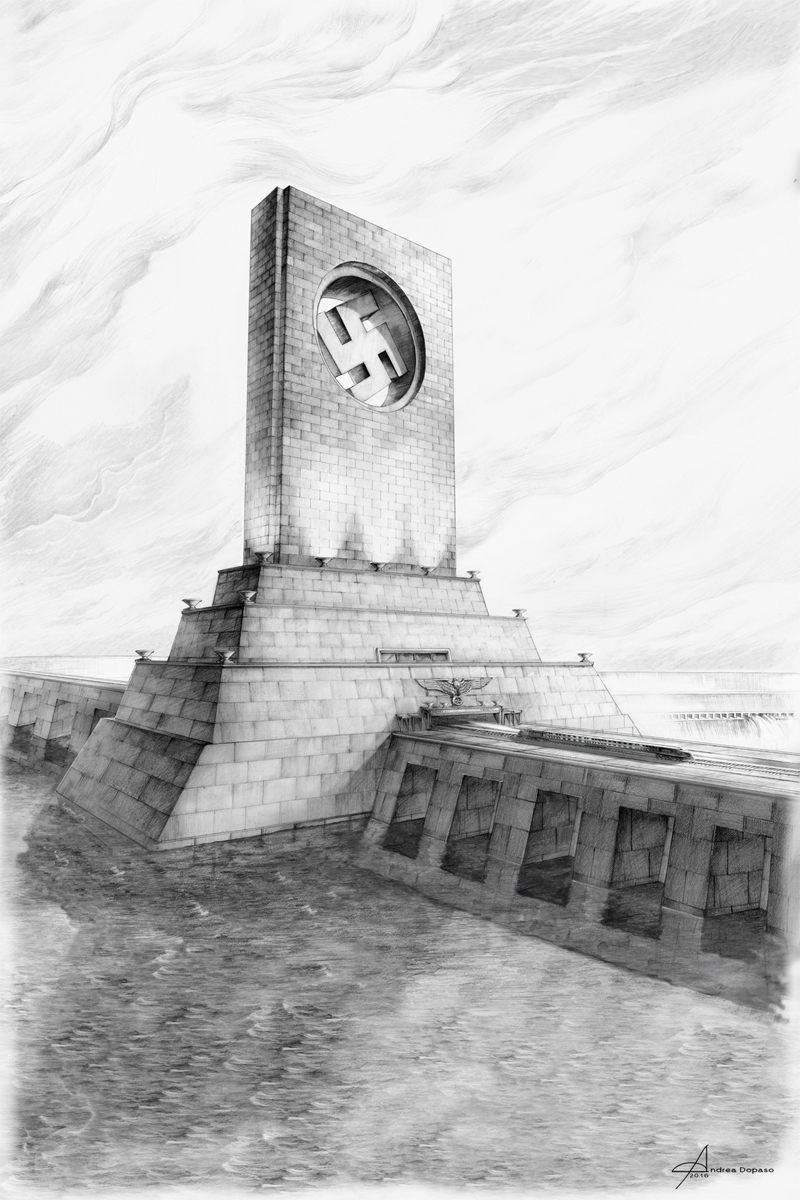
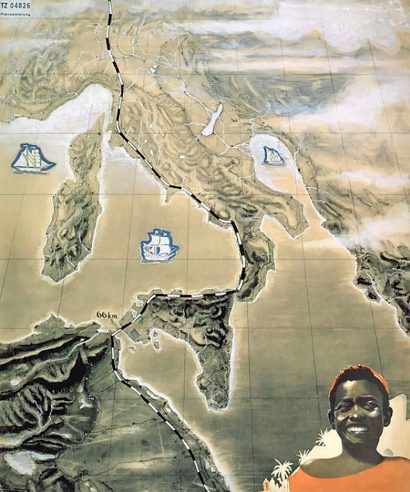
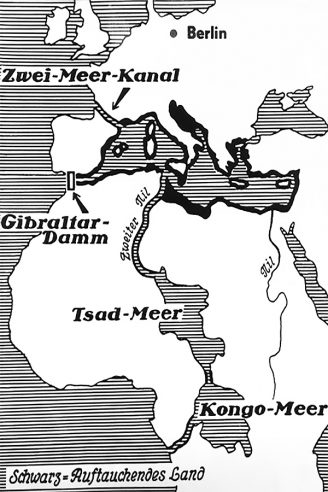
Drawbacks
There were a few drawbacks.
Popular Mechanics reported in March 1977 that Atlantropa would have shut some of the world’s busiest seaports, disrupted the economies of countries in Southern Europe and North Africa and possibly changed the ecology of the entire area.
The reduced weight of water over the volcanic Mediterranean sea floor could have caused violent eruptions and earthquakes while the ocean level in other parts of the world would have risen, causing flooding in low-lying areas.
Peace plan
What made Atlantropa attractive at the time, writes Ricarda Vidal, a lecturer in visual culture and cultural history at King’s College London, “was its vision of world peace achieved not through politics and diplomacy but with a simple technological solution.”
Atlantropa would be held together by a vast energy net, which would extend from the gigantic hydroelectric plant in the Gibraltar dam and provide the entirety of Europe and Africa with electricity. The power plant would be overseen by an independent body who would have the power to switch off the energy supply to any individual country that posed a threat to peace.
Sörgel’s hope was that Atlantropa might satisfy Germany’s desire for Lebensraum.
Instead, under Hitler, it invaded Eastern Europe.
The Nazis never took Sörgel seriously, but who knows? In an alternate world, where the Axis won World War II, they might well have reconsidered in order to satisfy their thirst for expansion.

